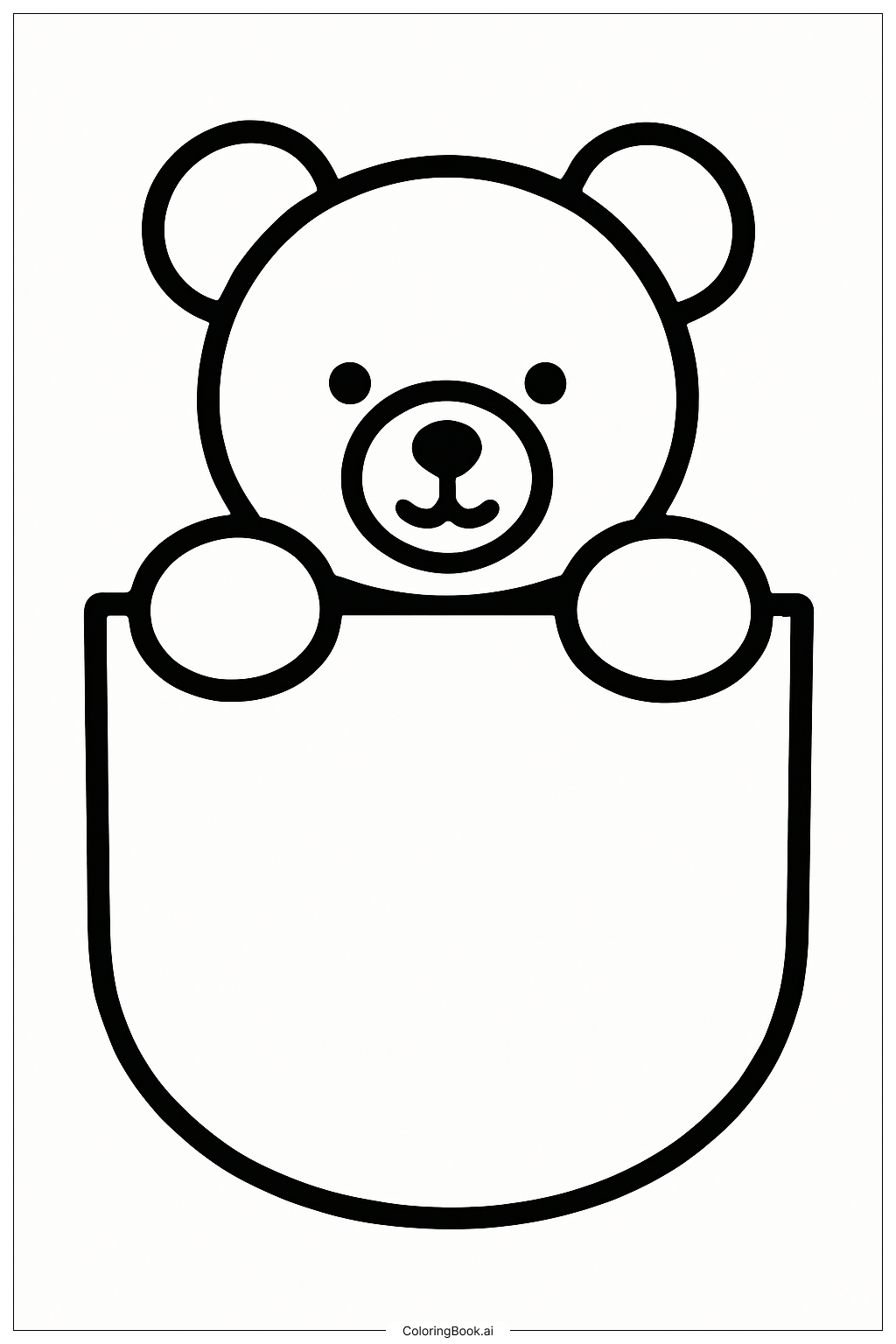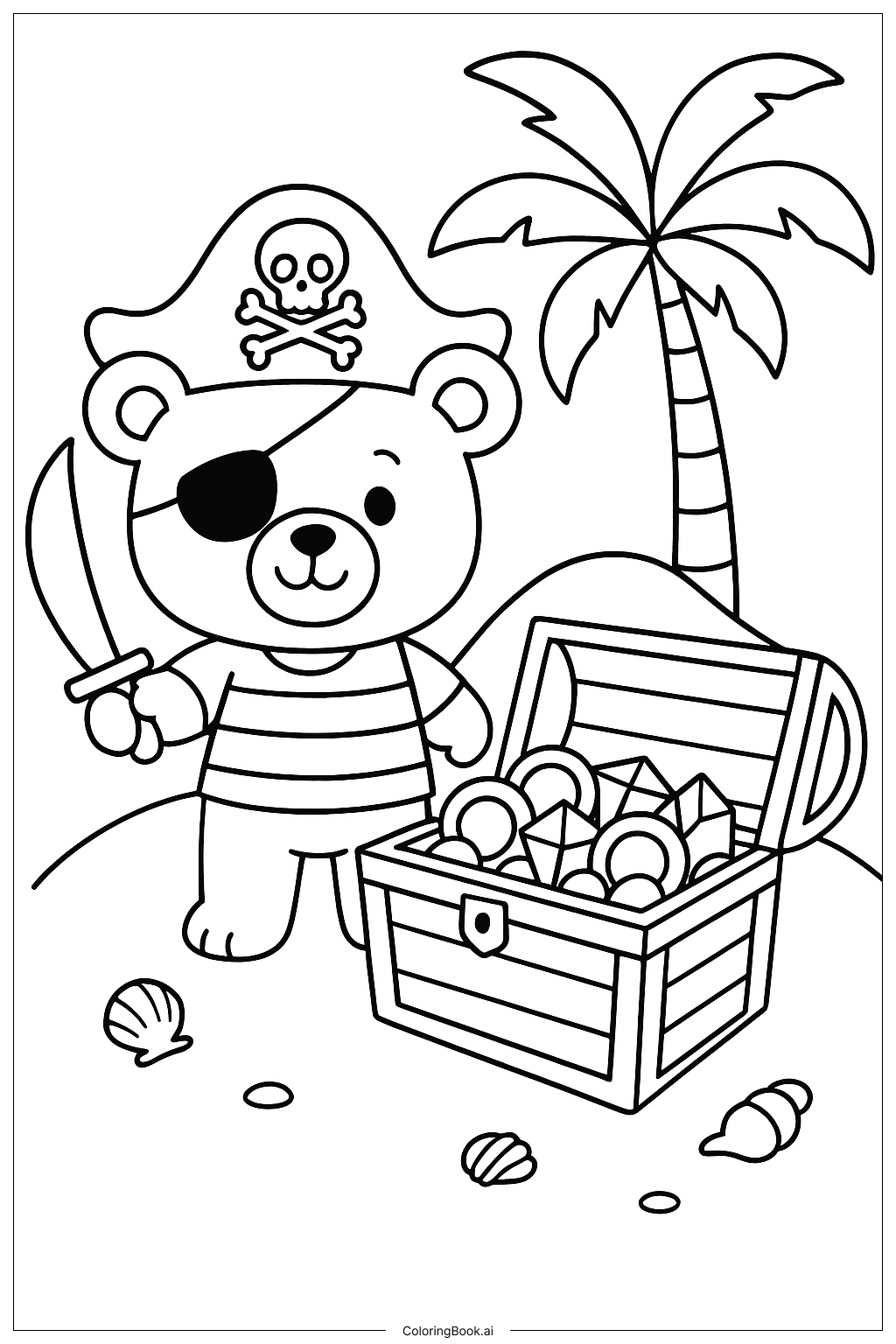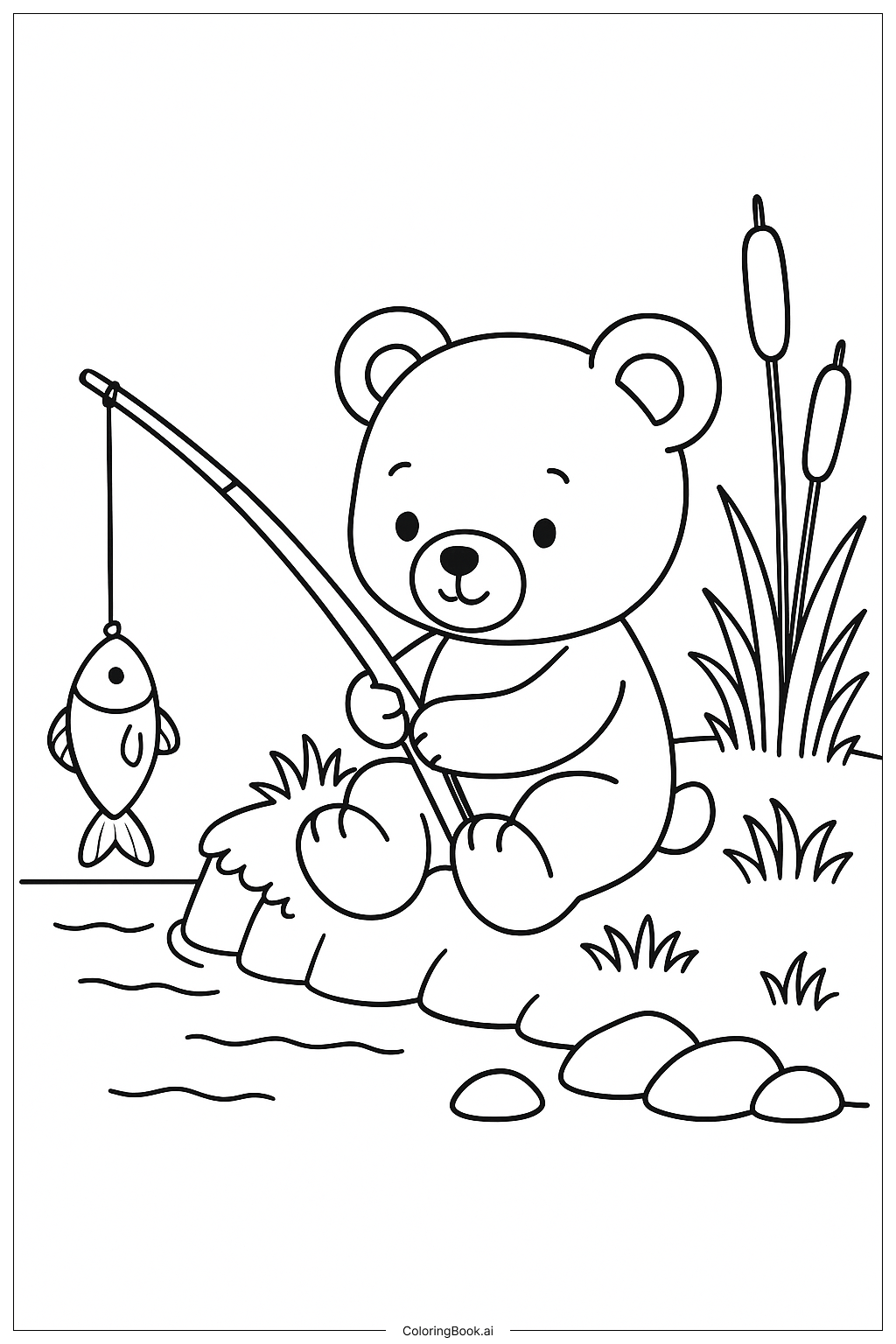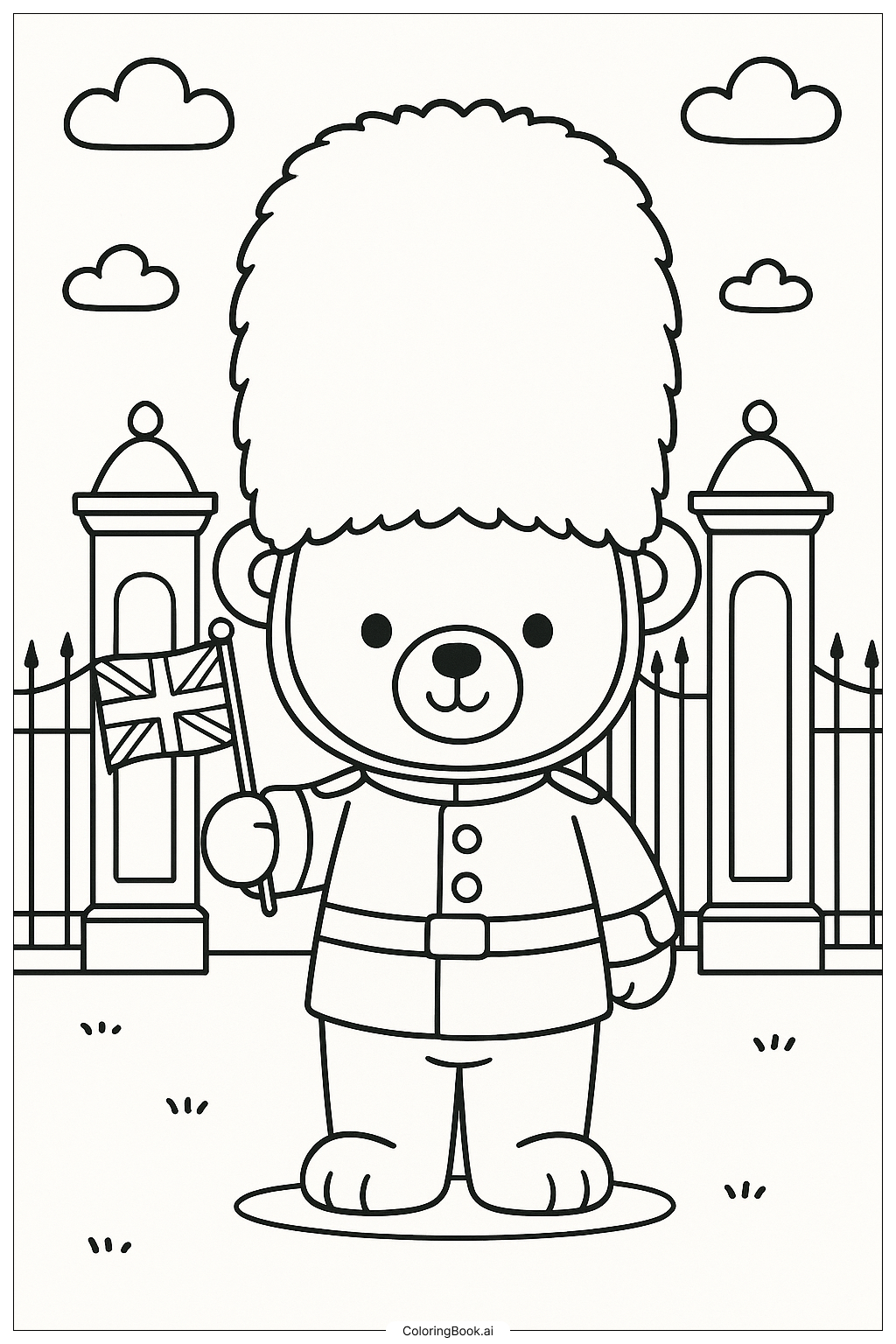Coloring tips: How to color Teddy Bear Peeking From A Pocket coloring page well?
Start by choosing soft and warm colors for the teddy bear, like light brown, beige, or cream. You can use a darker brown or even black for the nose and eyes to make them stand out. For the pocket, try bright or pastel colors to create contrast with the teddy bear. Adding patterns like stripes, polka dots, or shapes on the pocket can make the page more fun. Use light shading to add depth to the bear's face and paws, and don't be afraid to mix colors to create texture. Be gentle around the edges to stay inside the lines and make your picture neat.
Coloring challenges: Which parts are difficult to color and need attention for Teddy Bear Peeking From A Pocket coloring page?
1. Staying inside the lines can be tricky around the small paws and ears. It's important to color slowly and carefully in these areas. 2. Choosing the right colors that work well together might be hard for some kids. They might need help picking colors that look nice side by side. 3. Shading the teddy bear’s face and paws to give a 3D effect can be challenging because it requires some blending skills. 4. Adding patterns to the pocket without making it look too crowded or messy could be difficult. It's a good chance to practice planning the design before coloring. 5. Keeping the coloring even and smooth in the bigger areas like the pocket might be hard, kids need to fill these spaces with attention to avoid patchiness.
Benefits of coloring books: Advantages of drawing Teddy Bear Peeking From A Pocket coloring page
Coloring this teddy bear page helps children improve their fine motor skills as they carefully color inside the lines, especially around small parts like the ears and paws. It also boosts creativity by allowing kids to choose colors and patterns for the pocket. Additionally, it encourages focus and patience because the simple yet detailed image requires careful attention. Coloring this image can be relaxing and fun, giving kids a sense of accomplishment when they finish. It also helps with color recognition and matching skills, important for early learning.




